Dealing with sore muscles is rarely enjoyable, but something athletes manage regularly. As a cyclist, you ask a lot of your body, and the muscles are no exception. But what causes soreness, and what’s the best way to manage it?
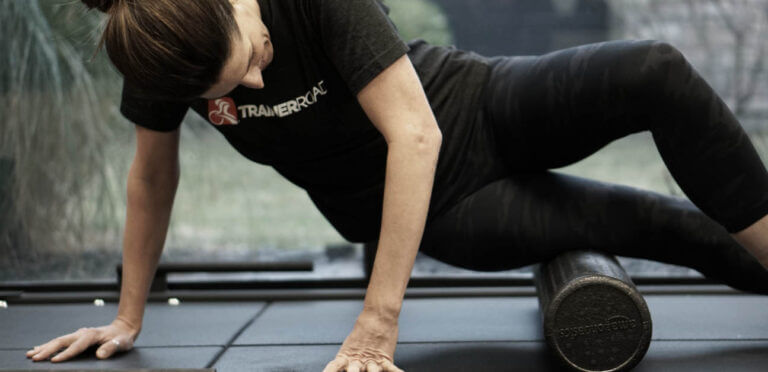

Dealing with sore muscles is rarely enjoyable, but something athletes manage regularly. As a cyclist, you ask a lot of your body, and the muscles are no exception. But what causes soreness, and what’s the best way to manage it?
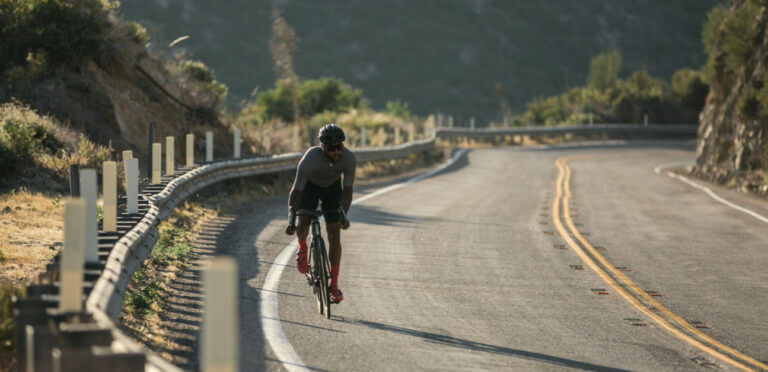
The relationship between time and intensity in cycling is called a power curve, and charting it can offer important insights. But like other cycling metrics, it can also be misleading if not considered in the proper context. How can you use your power curve to get faster and win races?
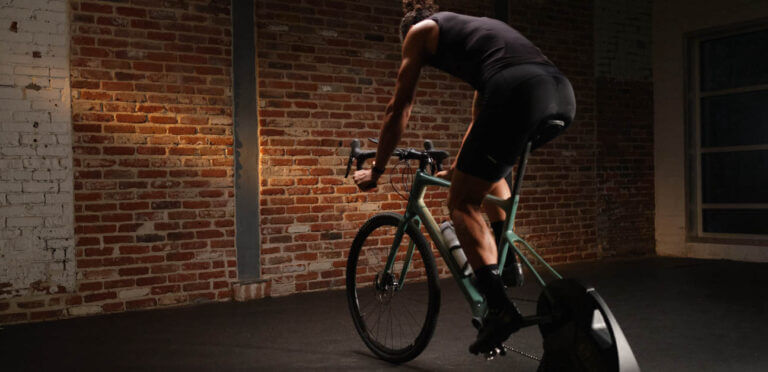
Structured training is the most efficient and effective way to become a faster cyclist. But getting started can seem daunting. Don’t worry; getting started with TrainerRoad is easy. In just a few simple steps, you’ll be using science-based training, planning, and analysis tools that increase your performance.
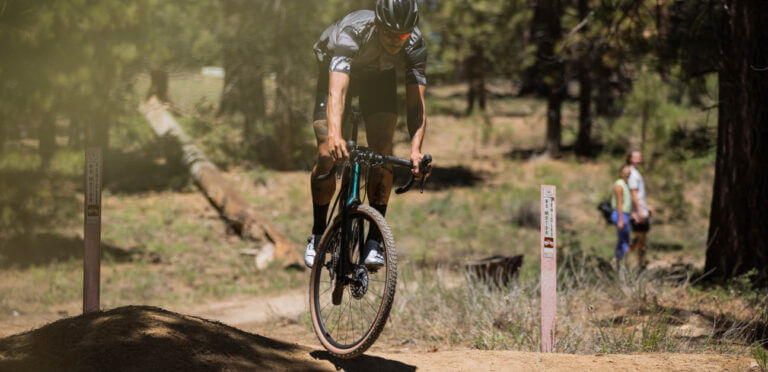
Productive and sustainable New Year’s resolutions can help lead your training in a positive direction. Reach your best this year with our favorite Training Resolutions.
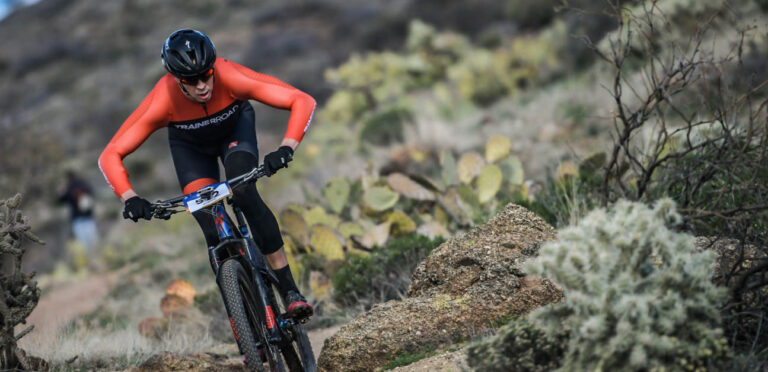
From professional racers to absolute beginners, TrainerRoad employees include cyclists of all abilities and experience levels. Collectively, we’ve learned a whole lot about using TrainerRoad to get faster, so we asked our employee athletes their favorite lessons they’ve learned along the way.
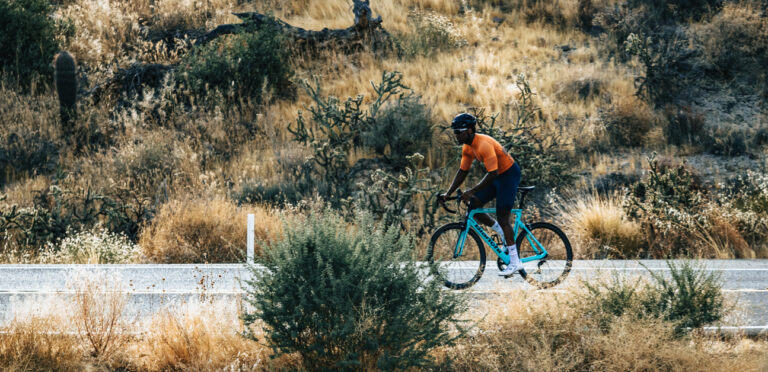
The low-intensity, aerobically-powered Endurance training zone doesn’t get much attention. But if you ride and race bikes regularly, you probably ride at this pace more often than you realize, and it can carry some significant benefits. Let’s take a look at the details of this oft-overlooked training zone.
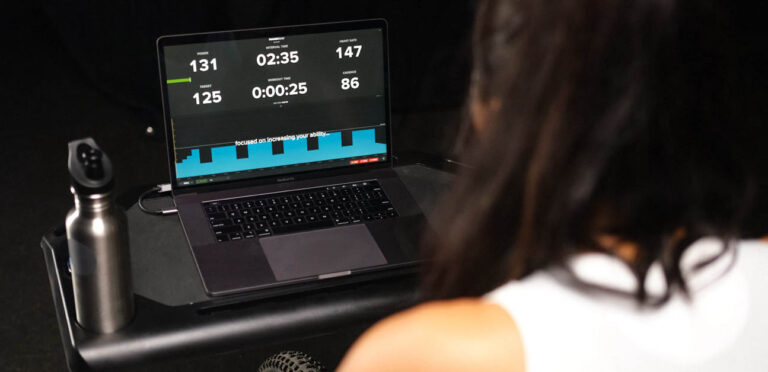
Science is at the heart of what we do at TrainerRoad. Often, that means diving deep into the research to answer your questions about cycling training, nutrition, and recovery—all to make you a faster cyclist. Here are the top five deep dives of 2020 from the Ask A Cycling Coach Podcast.
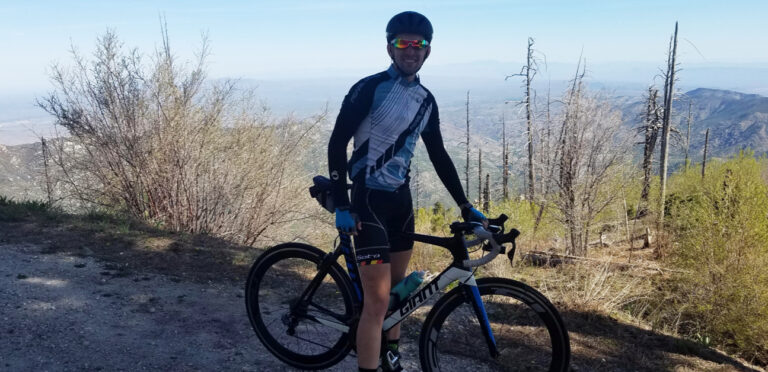
Cameron Seamons raised his FTP by 80 watts with TrainerRoad training for the Triple Bypass Century and ultra-distance running events, all while being a busy medical school student. He has tips for how he manages a 50-hour workweek and uses low-volume training for long-distance endurance events.
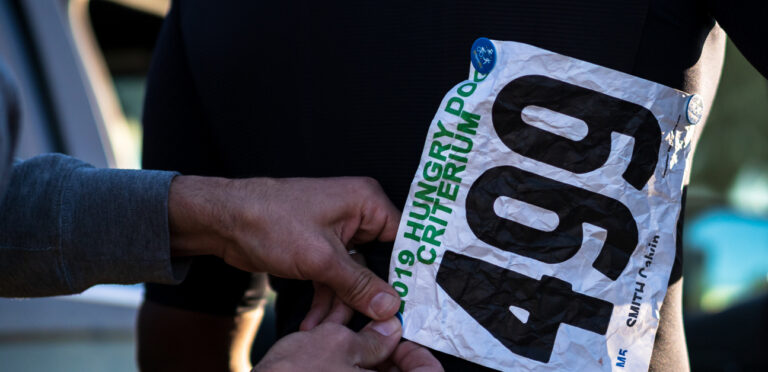
Getting started with bike racing can be intimidating. It’s easy to overthink it, and convince yourself you’re getting in over your head. But in reality, your first few races are some of the most exciting experiences you’ll have as a cyclist. If you approach these events with an open mind and a sense of curiosity, you can lay the foundation for a long and successful future in the sport. These are our top 10 tips for your first season racing bikes.
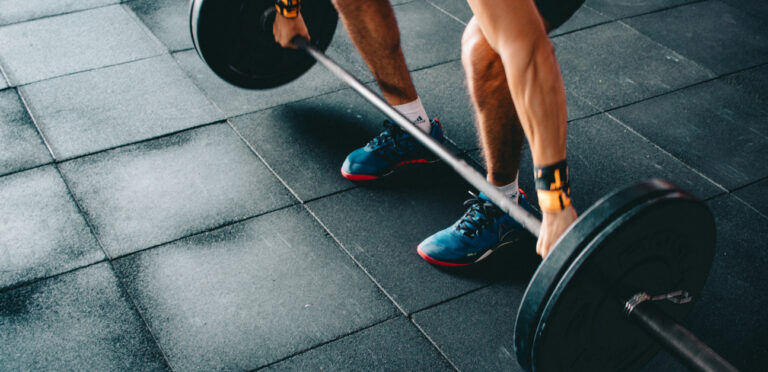
If you want to become a faster cyclist, it’s time to start strength training. In this guide, we’ll cover how and when to combine strength and cycling training.